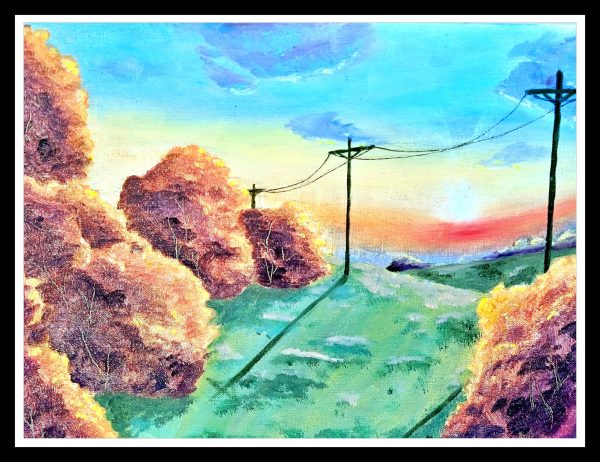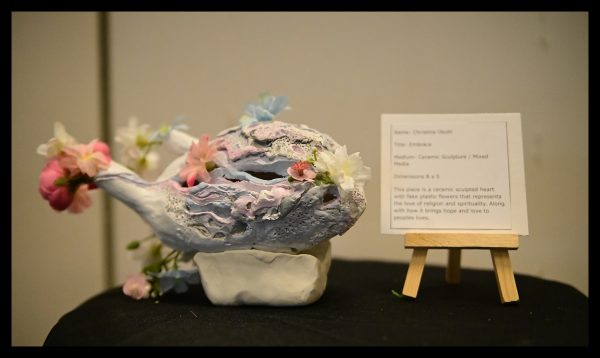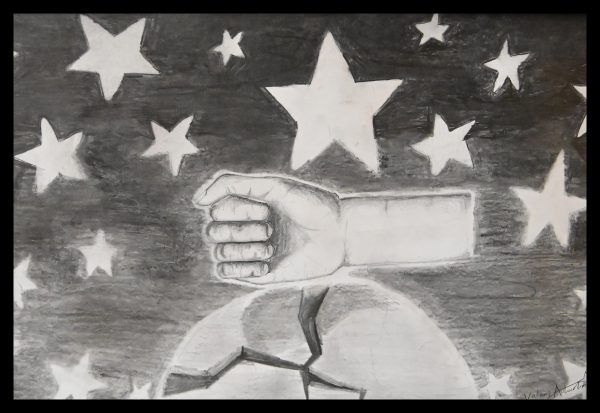JoJo’s Bizarre Adventure: Diamond is Unbreakable- Shine on, you Crazy Diamond.
JoJo’s Bizarre Adventure Part 4: Diamond is Unbreakable Review
Diamond is Unbreakable manages to improve the formula left by Stardust Crusaders, with a few tradeoffs. Like it’s predecessor, Stardust Crusaders, is an anime adaptation of the manga characters created by Hirohito Araki. It is once again produced by David Productions which was released on April 1st, 2016, spanning for a total of 39 episodes.
Set in the year 1999, in the fictional town of Morioh, Japan, the show revolves around Josuke Higashikata, a 16 year old 1st year student in high school who possesses a Stand. After a visit from his relative, Jotaro Kujo, he is informed that strange occurrences have been taking place in the town of Morioh, all revolving around a strange arrow known as the “Stand Arrow”. Anyone chosen and pierced by said arrow is given the power of a Stand, depending on their personality and inner self. Josuke and Jotaro then decide to attempt to find and destroy the Stand Arrow, as to bring peace to Morioh. Along the way, Jotaro and Josuke make new companions: Koichi Hirose, Okuyasu Nijimura, Rohan Kishibe, and so on.

Like the previous installment, Diamond is Unbreakable also follows a “Monster of the Week” format, presenting a new enemy Stand User every 1 or 2 episodes, sent after them in an attempt to prevent them from destroying the Stand Arrow. Every new Enemy Stand presented manages to be more interesting than those presented in Stardust Crusaders, due to the concept of Stands being more refined than it was before. Sadly, the users of said Stands generally become unmemorable, a problem that Stardust Crusaders also encountered.
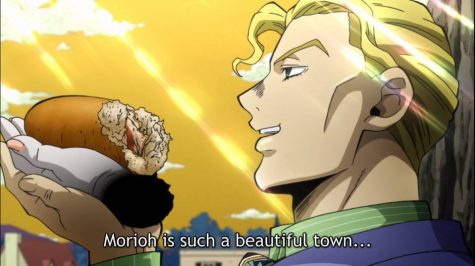
Luckily, the character development presented in the show manages to outdo that of it’s predecessor.
Since the events are all happening in a much smaller location than Stardust Crusaders, a single town, all the characters presented have more opportunities to interact outside of Stand Battles, allowing us to see more into their lifestyles, learning smaller details about them, and any events that take place have more weight on the characters, because they’re all happening in the town they live in. And it isn’t just character development that improves, the overall qualities of characters themselves improves. For example, take the main villain of the latter half of the series, Kira Yoshikage. Despite being a serial killer, the writers manage to make him seem much more human than that of the other villains in the series, even to the point where he feels more real than some of our protagonists.
The writers show us little details about his life, such as his favorite kind of sandwich, his favorite activities, and his daily routine. Alongside this, he has a much more relatable end goal: He only wants to live a quiet life, something most people can relate to wanting. Taking all of this into account, the main villain becomes a character that feels real, someone people can relate to, even taking into account that he is a serial killer.
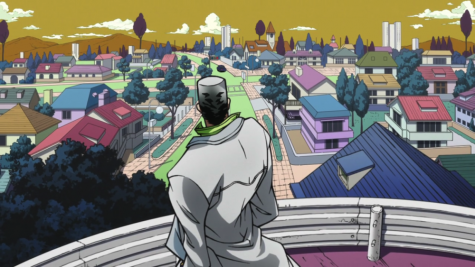
Another change is the use of color throughout the show. Starting as early as the first episode, just by the color alone, you can tell something is wrong with the town of Morioh. Looking at the sky, you’ll see it’s a dark yellow. Now this may sound jarring, but it isn’t strange enough to take you completely out of the experience.
The colors colors chosen for the main villain, Kira Yoshikage by the artists give him a suit that is a lighter purple, a color that invokes a calm feeling of mystery, rather than something much more sinister, a choice that is fitting for his character as a whole.
Sadly, the show does have one major flaw, at least in the original releases. The overall animation quality has dropped, and now more scenes stick out as looking “bad”. This problem exists in a majority of the episodes, including crucial moments to the series as a whole, such as the introduction of the main villain’s Stand. Thankfully, not every scene in the show is affected by this, but if you are a stickler for consistently high quality animation, this may be a major drawback for you.
Even taking into account these issues, I still found myself having a more enjoyable time watching the show than I had with Stardust Crusaders. With more interesting Stand Powers, more scenes of interaction between the cast, and a much deeper and relatable antagonist, the show managed not only to keep my interest, but to keep me fully invested in all of our protagonists. If you want to give this series try, you can find it on either Crunchyroll or Hulu. If you liked Stardust Crusaders, then you’ll certainly enjoy this.




